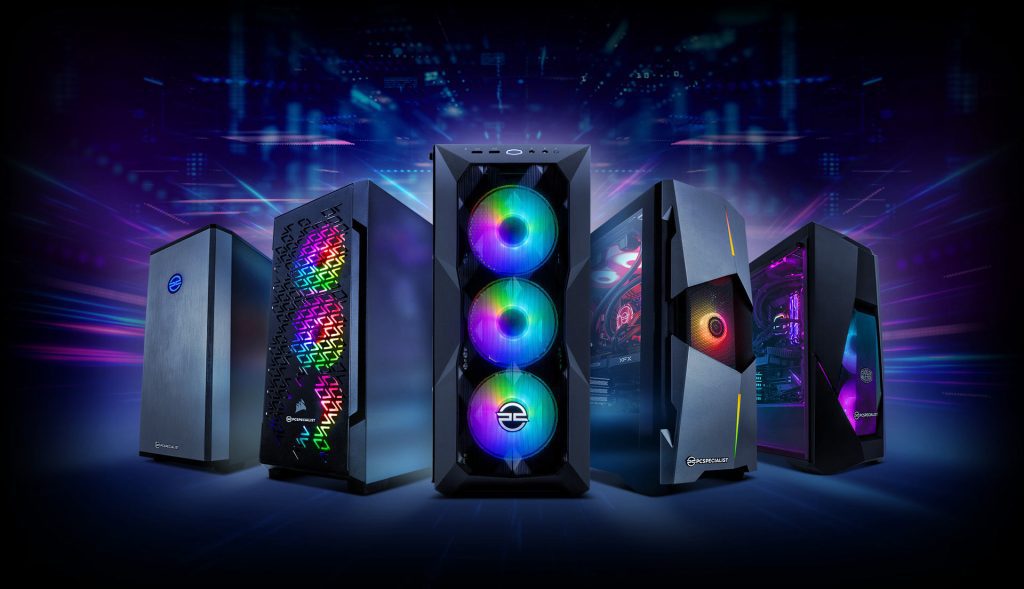Operating systems provide many services that make computers more convenient and useful. They manage the allocation of hardware resources among applications and interactive users; handle input/output to and from attached devices; keep track of memory usage and management; and provide error-detecting aids like dumps, traces, and messages.
Contemporary OSs also include graphical user interfaces (GUI) that make computer use easier. They also provide networking capabilities.
Windows
Microsoft’s Windows operating system is one of the most popular computer systems on the planet. It was first introduced in 1985, and has since undergone many updates and improvements. It works by managing computer resources and providing a user-friendly interface that allows users to interact with their computers.
It also features a built-in security system that protects the computer or laptop from viruses and malware and a file management system that makes it easy to organize and access files. Windows can be installed on various types of hardware and software applications.
One of the main advantages of Windows is that it has a larger developer support base, which means more programs are available for the system. This healthy competition creates a better overall experience for users, as developers strive to produce the best programs possible for Windows. However, it can also mean that some programs are more likely to conflict with other Windows programs, and may require additional work to make them compatible.
Mac OS
A computer’s operating system manages all the other application programs that you use to get work done. It uses a command-line interface or a graphical user interface to interact with you and control your device.
macOS, which is available on the Apple line of computers, has a wide range of features that can help you stay productive. For example, it offers powerful app development frameworks that allow developers to create a variety of different types of software. It also has built-in security features to protect your data and prevent malware from accessing your computer.
Apple updates macOS each year with new features that bring tighter ecosystem integration across its devices and services. These include iCloud, which synchronizes files and settings between multiple devices. It also includes tools like Activity Monitor, which provides useful information about how you’re using your computer, including which applications are being used and for how long. It also displays details about your CPU, memory, and storage usage.
Unix
The operating system orchestrates all the elements of your computer system including the central processor, on-board memory, disk drives and keyboards into performing useful tasks. The system keeps track of every command you submit from your terminal, and it ensures that the central processor is working on only one task at a time even though it may appear that several programs are running simultaneously. It also uses essential techniques like paging and swapping to make effective use of main memory.
The development of Unix and the C programming language is largely credited to Ken Thompson and Dennis Ritchie of AT&T Bell Labs. The two pioneered multitasking in computers and made it possible for several users to work on the same machine at the same time – a capability known as multitasking. The UNIX operating system is also well known for its robust security features. The system is written in the high-level language C, which makes it easy to install on new computers and adapt to special requirements.
Linux
The Linux operating system is a powerful and reliable solution that can run on a wide range of hardware. It can be used to create secure graphical desktop environments, and it also provides a stable platform for server applications.
The core of the operating system is the kernel, which manages CPU, memory and peripheral devices. It’s complemented by a variety of background services, known as daemons, that perform essential functions for the system.
Linux also includes a number of system utilities, which simplify system administration tasks and improve overall security. These include git for distributed source control, vim and emacs for software development and compilers and interpreters for most programming languages.
Linux has a strong online community that provides support for its users. This includes forums where users can share ideas and troubleshoot issues. It also features a code repository where anyone can contribute to the open source project. The availability of these resources reflects the Linux philosophy of sharing and collaboration.

